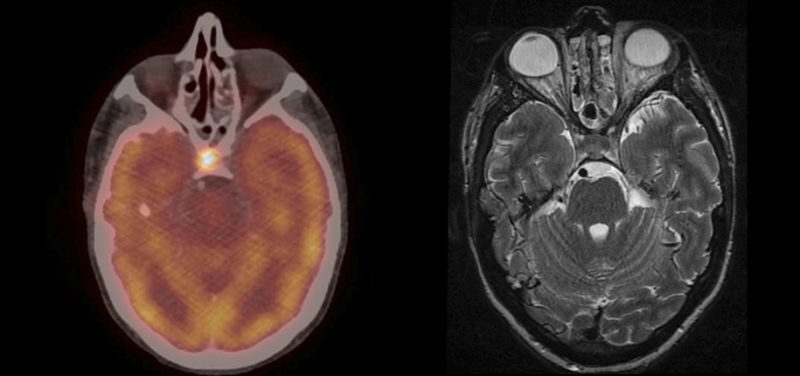
“Why does my child need an MRI in addition to his PET/CT?”
“Why does my child need a CT in addition to her PET/CT?”
These are questions we are asked frequently by caregivers and patients who are being imaged after a diagnosis of cancer. It seems odd that after a PET/CT scan, which images the whole body, we would need another imaging test. There is a good explanation though.
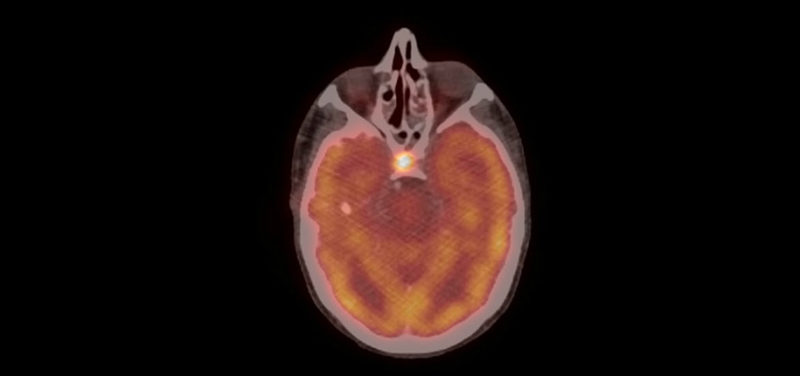 Image: PET/CT axial image of the brain.
Image: PET/CT axial image of the brain.
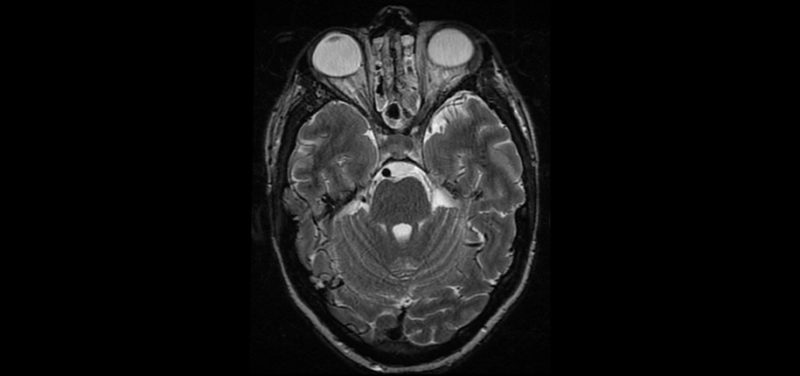 Image: MR image of the same brain.
Image: MR image of the same brain.
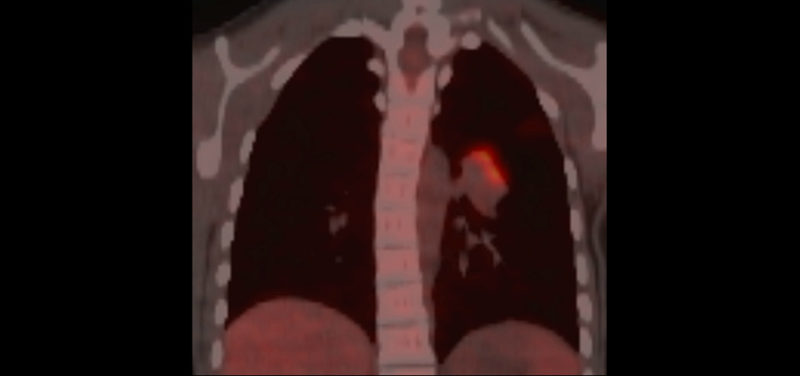 Image: PET/CT image of lung.
Image: PET/CT image of lung.
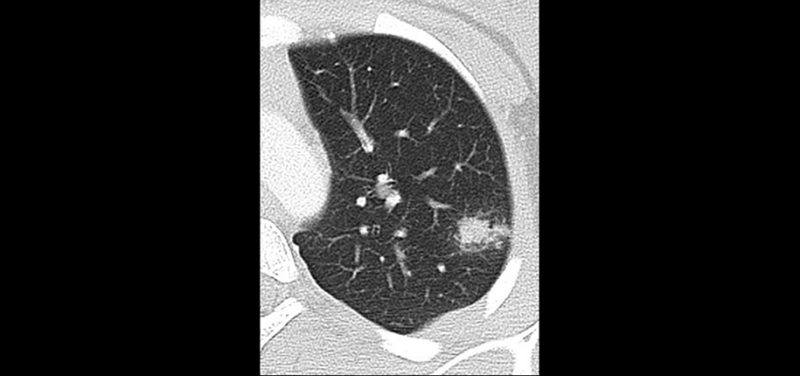 Image: CT image of lung.
Image: CT image of lung.
PET/CT scans, which are most commonly done with a radioactive sugar (glucose), are used to image the function of cells and tissue inside the body. Cancer cells use more energy than other cells in the body and for this reason take up more of the radioactive sugar, which makes tumors light up on the PET scan. The CT that we do as part of the PET scan is generally very low dose and is used mostly as a map to help us locate where the tumor clusters are in the body. The level of detail on that CT scan is not enough for us to get a good look at the lungs. Because the lungs are a common site for tumor spread, it is important for us also to get a high-quality CT of the lungs to help us identify tiny tumor deposits in the chest.
But why do some patients also need an MRI?
MRI images are very different than even high-quality CT images (and remember that the CT images we get from a PET/CT are mostly for mapping). MRI images give us a very good look at soft tissue structures, including tumors. MRI allows us to better understand the structure of tumors, to get a good understanding of how a tumor is growing or responding to treatment, and to better see what other body structures the tumor might be involving. This level of detail is not possible with either PET or the low-dose CT.
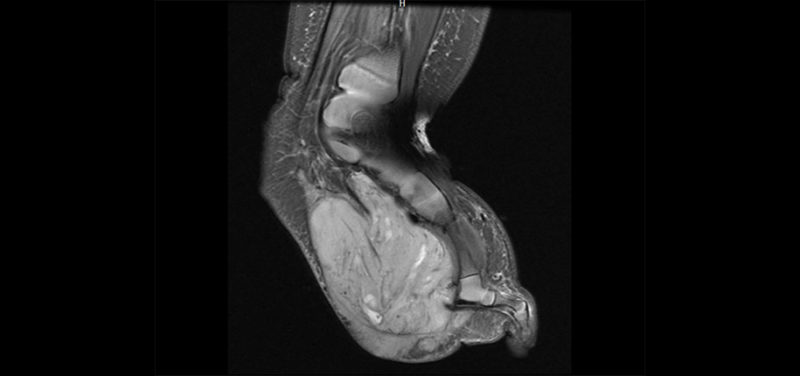 Image: MRI detailed study of tumor-like mass, on left foot of child.
Image: MRI detailed study of tumor-like mass, on left foot of child.
You can see that the different imaging tests we use in Radiology allow us to look at patients in very different ways. PET/CT is an excellent test to get an overall view of the body and to look for long distance spread of tumor. It also is the only test right now that lets us look at the energy use of tumors and how that might be changing with treatment. CT and MRI, however, provide us high-detail imaging that allow us to look more closely at tumors and understand their relationship to other structures. It is because of the different strengths of the different imaging tests that many of our patients get more than one exam.
Contributed by Dr. Andrew Trout and edited by MiMichelle Gramke (ADV-US-Tech).
